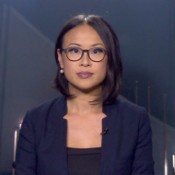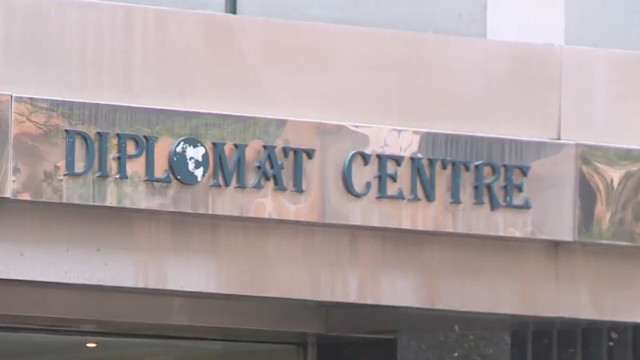The Singapore summit is off the table for now. But it doesn’t necessarily mean silence between Washington and Pyongyang.
For decades, both sides have communicated behind the scenes – quietly – and almost always indirectly through a few established channels. CGTN’s Liling Tan has a look at these not-so-secret contacts that remain in play.
Without an embassy in the United States, the Democratic People’s Republic of Korea is represented here through its mission to the United Nations.
Housed inconspicuously in a building in Midtown East Manhattan, it’s known as the “New York Channel,” for decades serving as the only official backchannel through which Washington and Pyongyang communicate.
“The State Department has until recently had a point person on North Korea, who is basically the lead in terms of managing that,” Stephen Noerper, Senior Director at the Korea Society said. “A special representative, and that individual communicates directly with the North Korean mission here in New York.”
That individual was former U.S. envoy Joseph Yun, who worked with DPRK diplomat Pak Song Il on Otto Warmbier’s return to the US last summer. It’s also the place where some of the negotiations for the recent release of three Korean-Americans reportedly took place, and where messages about plans for the summit between Kim Jong Un and Donald Trump are said to go through.
The Scandinavian nation of Sweden represents U.S. interests in the DPRK.
“The US has an interest section in Pyongyang through the Swedish embassy there,” James Nolt, senior fellow at the World Policy Institute. “Other American allies and friends have embassies in Pyongyang even though the United States does not.”
A third point of contact is the demilitarized zone, that separates the two Koreas, which largely serves as a communications channel for operational matters.
“It’s strategic and operational, but it’s mainly to communicate senior level command and concerns, and cautionaries, warnings and assurances to the North Koreans, for example in anticipation of US-ROK exercise,” said Noerper.
So even in the absence of formal diplomatic relations, there have been ways for the US and the DPRK to communicate indirectly. The question now is if and how the US and the DPRK would use these channels to negotiate a resumption of denuclearization talks.
 CGTN America
CGTN America

